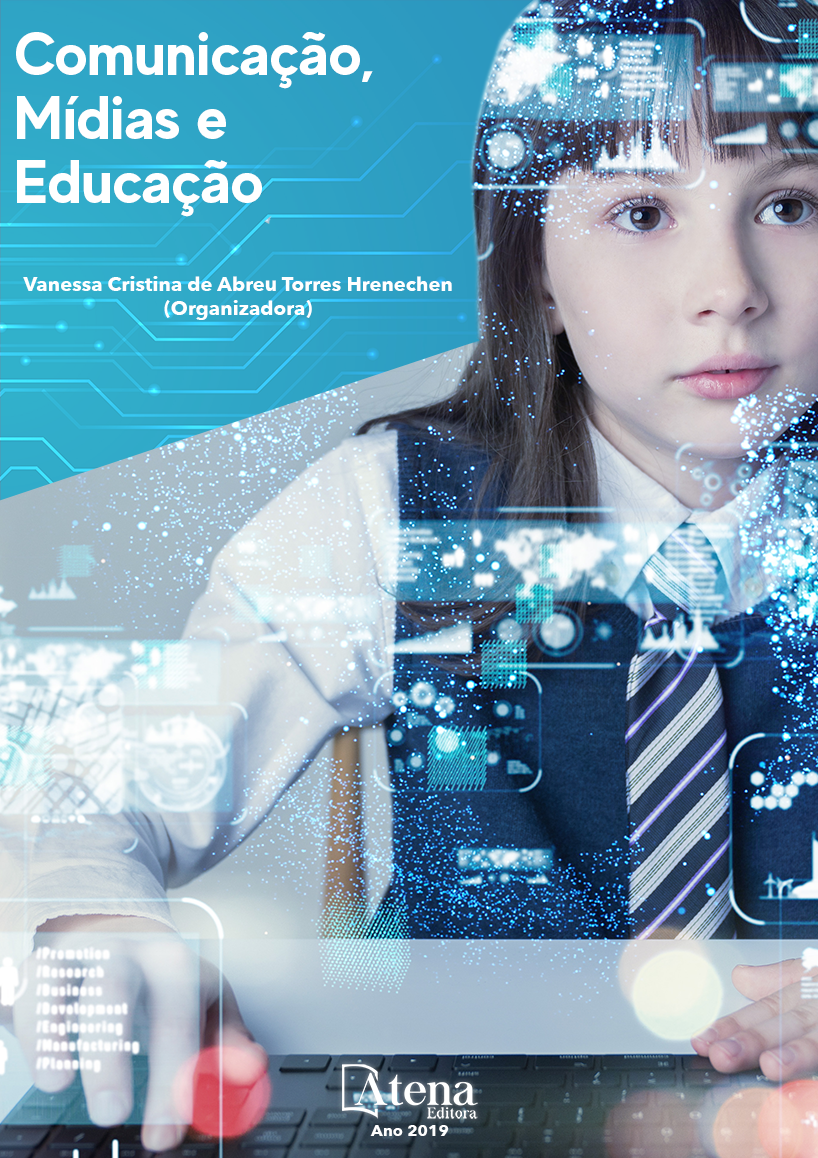
Conteúdo audiovisual do curso de Pedagogia semipresencial da UNESP/UNIVESP
Este artigo tem como objetivo
apresentar o material audiovisual utilizado no
curso de Pedagogia semipresencial ofertado
pela UNESP em parceria com a UNIVESP; para
tanto, foi realizada uma pesquisa bibliográfica.
O curso em questão conta com três recursos:
o Ambiente Virtual de Aprendizagem (AVA)
da UNESP, vídeos e material impresso,
desenvolvidos pela Fundação Padre Anchieta.
Os vídeos utilizados em contexto de EAD
devem ser produzidos considerando as
especificidades dessa modalidade e não
apenas consistir em gravações de aulas
presenciais (GERBASE, 2006); já a utilização
de materiais didáticos, em diferentes tipos de
mídia, permite uma aprendizagem significativa,
dentro do conceito desenvolvido por Ausubel,
e permanente (BIZELLI, 2013). Destaca-se
também a interatividade proporcionada por
esse material e as plataformas nas quais se
encontra disponível. Quanto à intervenção sobre
o conteúdo, verificou-se que a interatividade
desse material no curso de Pedagogia
semipresencial da UNESP ainda apresentam
níveis baixos se consideradas as possibilidades
que as tecnologias atuais proporcionam.
Considera-se que, com a experiência que esses
professores tiveram ao participar como alunos
de aulas orientadas por vídeos, é possível
que essa vivência tenha servido como suporte
para que essa prática possa se perpetuar no
espaço escolar de maneira mais dinâmica e
participativa.
Conteúdo audiovisual do curso de Pedagogia semipresencial da UNESP/UNIVESP
-
DOI: 10.22533/at.ed.4461922059
-
Palavras-chave: educação a distância; conteúdo midiático; material audiovisual.
-
Keywords: distance education; media content; audiovisual material.
-
Abstract:
The purpose of this paper is to
present the audiovisual material used in the
Pedagogy hybrid course offered by UNESP
in partnership with UNIVESP; therefore, a
bibliographical research was conducted.
This course encompasses three resources:
UNESP’s Virtual Learning Environment (VLE),
videos e printed material, developed by Padre
Anchieta foundation. Videos used in distance
education must be produced considering the
specificities of this context and not only consist
on recordings of classrooms (GERBASE, 2006);
now the usage of didactic material, in different
types of media, allows a meaningful learning,
according to the concept developed by Ausubel,
and permanent learning as well (BIZELLI,
2013). It is highlighted too the interactivity allowed by this material and the platforms
on which they are available. As for intervention on the content, it was verified that the
interactivity of this material in the hybrid Pedagogy course by UNESP still presents low
levels if considered the possibilities that the current technologies provide. Considering
that, with the experiences these teachers had while students in classes guided by
videos, it is possible that this experience has acted as a support so this practice can be
perpetuated in schools in a more dynamic and participative way.
-
Número de páginas: 15
- José Luís Bizelli
- Dayra Émile Guedes Martínez


